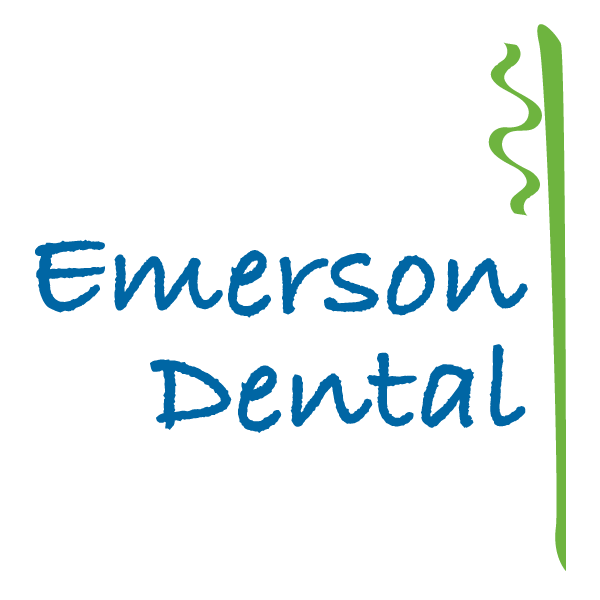Periodontal disease, commonly known as gum disease, is a serious condition that affects the health of the gums and the structures supporting your teeth. It's one of the leading causes of tooth loss among adults, but the good news is that it's largely preventable with proper care and timely intervention. Understanding the causes, recognizing the signs, and knowing how to prevent it can make a big difference in maintaining your oral health.
Whether you’re already familiar with gum disease or just starting to learn about it, this post will guide you through key information and practical tips for prevention, helping you keep your smile healthy and confident.
The Causes and Stages of Periodontal Disease
At its core, periodontal disease begins with plaque—a sticky film of bacteria that forms on teeth when oral hygiene isn’t up to par. If plaque isn’t removed through regular brushing and flossing, it hardens into tartar, which can only be removed by a dental professional. This buildup irritates the gums and leads to inflammation.
The disease progresses through stages:
- Gingivitis: The earliest form of gum disease. Symptoms often include red, swollen gums that easily bleed during brushing or flossing.
- Periodontitis: If gingivitis is not treated, it can advance to periodontitis, where the gums pull away from the teeth, forming pockets. These pockets trap bacteria, further damaging the gums, bone, and connective tissue.
- Advanced Periodontitis: At this stage, the bone and fibers supporting teeth are destroyed. Teeth may become loose and, in severe cases, need to be removed.
Why Early Detection is Key
Catching periodontal disease early is critical for effective treatment. Gingivitis, for instance, is reversible with improved oral hygiene and professional cleanings. However, once it progresses to periodontitis, the damage becomes more significant, requiring specialized care to manage the condition.
Common warning signs to watch for include:
- Persistent bad breath
- Gums that bleed easily or feel tender
- Receding gum line
- Loose teeth or shifting in your bite
If you notice any of these symptoms, schedule an appointment with your dentist right away. Identifying and addressing gum disease early can save you from more complex treatments down the line.
How to Prevent Periodontal Disease
Prevention is always better than cure, and the good news is that gum disease is often preventable with consistent care and attention. Here are actionable steps you can take:
- Brush and Floss Daily: Brushing twice a day and flossing once a day helps remove plaque before it can harden into tartar.
- Use Antimicrobial Mouthwash: Rinsing with a mouthwash designed to prevent plaque buildup adds an extra layer of protection.
- Quit Smoking: Smoking is a significant risk factor for periodontal disease. Quitting can dramatically improve your oral health.
- Eat a Balanced Diet: A diet rich in vitamins, especially vitamin C and calcium, supports healthy gums and teeth.
- Visit Your Dentist Regularly: Routine oral exams and professional cleanings are essential for catching problems early and removing tartar buildup.
Adopting these habits can help you maintain healthy gums and prevent the progression of gum disease.
The Role of Professional Periodontal Services
When gum disease progresses past gingivitis, professional help is essential. Periodontal services, such as scaling and root planing, can effectively treat periodontitis. These deep-cleaning procedures remove tartar from below the gumline and smooth out root surfaces to encourage the gums to heal.
More advanced cases may require surgical procedures like gum grafting or bone regeneration to restore lost tissue and support. At our practice, we specialize in periodontal care to help patients reclaim their oral health in a comfortable, patient-focused environment. If you're concerned about your gums, we encourage you to explore our periodontal services.
Frequently Asked Questions About Periodontal Services
What is scaling and root planing, and why is it necessary?
Scaling and root planing is a non-surgical treatment for gum disease. It involves removing plaque and tartar from beneath the gumline and smoothing the roots of the teeth. This process helps the gums reattach to the teeth and reduces inflammation, which is key to stopping the progression of periodontitis.
Can gum disease be reversed?
Gingivitis, the earliest stage of gum disease, can be reversed with improved oral hygiene and professional cleanings. However, once it progresses to periodontitis, the damage to gums and bone is permanent. Treatment focuses on managing the condition and preventing further damage.
We’re dedicated to providing comprehensive periodontal care to our community. Whether you need preventative guidance or advanced treatment, we’re here to support your smile at every stage. Contact us to schedule your consultation and take the first step toward healthier gums today.

